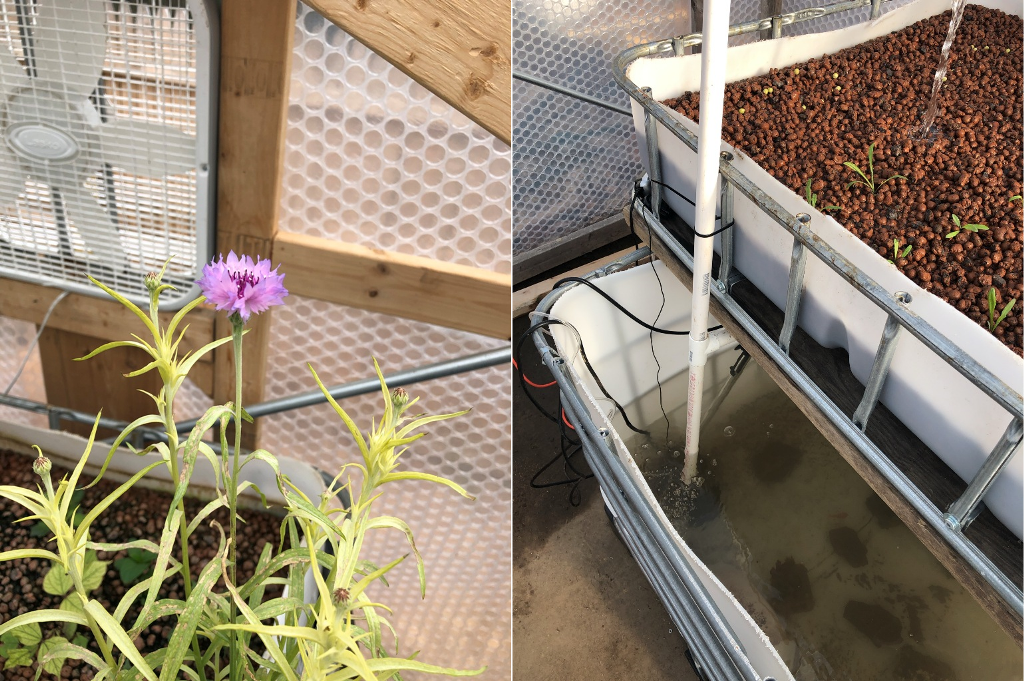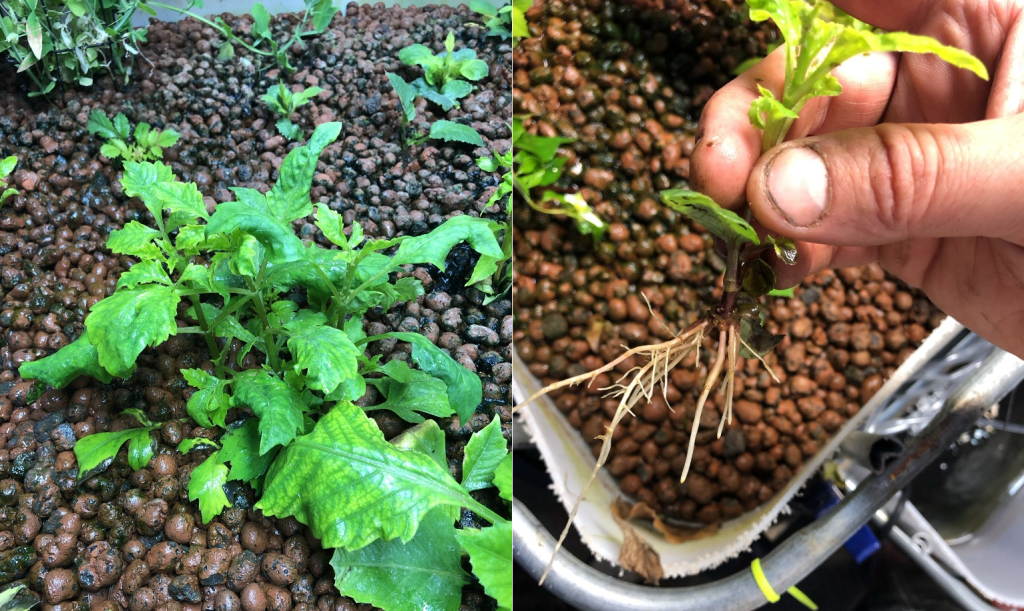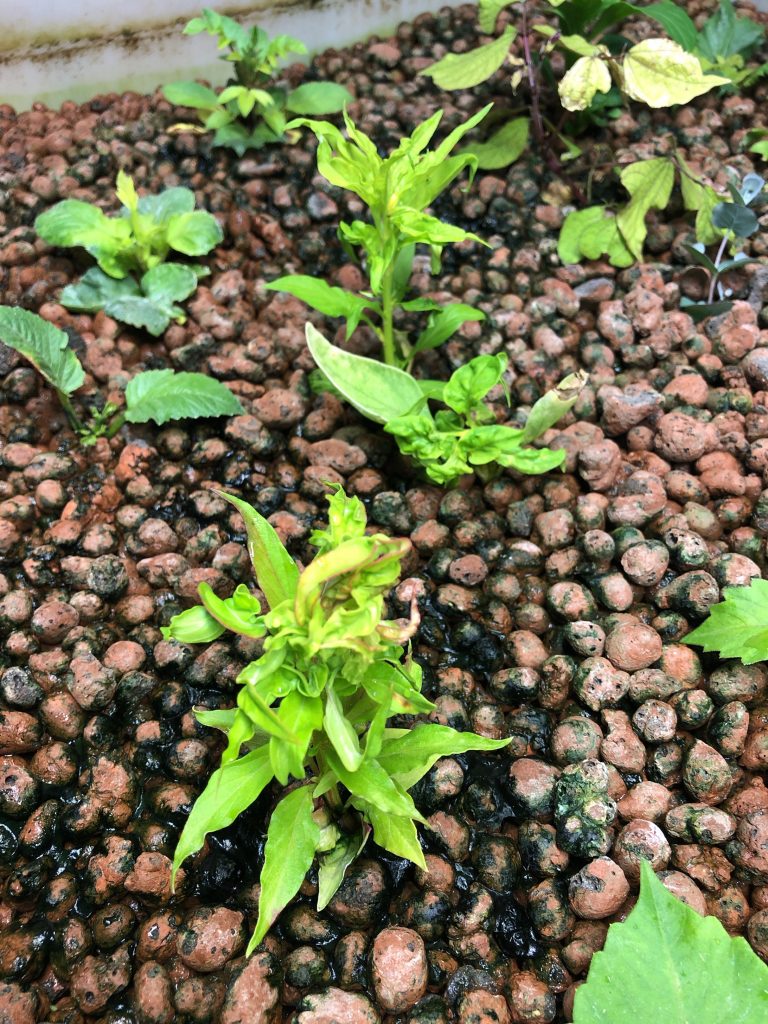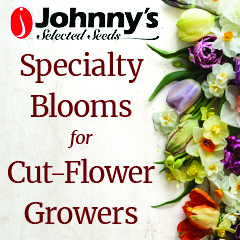A Slow Flowers member explains the science and potential for a more sustainable way to farm flowers

Agriculture is steeped in tradition, from the methods by which it is practiced to the kinds of people who practice it. Generations dating back thousands of years have carried on this storied vocation as a badge of honor because it was essential to the survival and expansion of the human population. When you think about how long farming has been omnipresent in nearly every culture throughout history, it’s truly impressive to think it hasn’t changed that much on a broad level. Sure, there have been technological innovations along the way, but in the end it’s still a seed, in soil, watered, fertilized, and harvested. We’ve all been made painfully aware of the impending climate crisis (in truth, we’re already there). The United Nations, amongst other international and national agencies, have singled out agriculture as a leading culprit in accelerating climate change and ecosystem destabilization. The plain fact is farmers can’t just keep doing what they’re doing and expect the planet to tolerate it.
At Grateful Gardeners, we’ve been focused on green methods and growing flowers organically now for more than two years. In all honesty, we would like to push the whole floriculture industry towards more green practices, like how food production has migrated towards organic methods. But unfortunately, because you don’t EAT flowers, regulations have been slow to require restrictions on chemical use, and the almighty dollar has dictated that it’s cheaper to spray and fertilize our way to affordable flowers. And consumers are not aware that there is even a problem, so there is little incentive for a farmer to change. Our goals are then two-fold:
- Educate the public and other farmers about the toxicity of standard floriculture practices, and
- Innovate new green systems for growing superior flowers that ameliorate the impact on the environment and more broadly, the planet.
We are excited to share with you some results and observations we’ve made in the latter. The absolute greenest way to grow a plant that mimics the natural process of nature is in what is termed a “closed system.” Think about any ecosystem in nature untouched by humans; there are plants thriving in almost every biome and they are existing in harmony with the system itself. This is the essence of a closed system, one that doesn’t require external inputs to continue to function. Aquaponics, the growing of fish and plants together in a nearly closed system, is the closest we as farmers can get to this ideal. The basic concept of aquaponics is a symbiotic relationship between three organisms; fish, bacteria, and plants.

Fish excrete their excess nitrogen into the surrounding water and if a fish continuously does this, in the form of ammonia, into its tank, soon it becomes toxic. Bacteria come in at this point that chemically alter nitrogen into a more manageable form from ammonia; nitrates. Fish can deal with high levels of nitrates, but those nitrates still need to be removed. Which brings us to the last cog in the aquaponics machine, the plants. Plants must absorb nitrogen and their preferred form of nitrogen is, you guessed it, nitrates. The plants clear the water of nitrates and then that purified water is returned to the fish to start the cycle all over again. This is a slight oversimplification of the whole process, so if you want to know more, the Wikipedia page on aquaponics is a great resource.
The modern aquaponic systems that have been developed in recent years are far and away the eco-friendliest way to grow any plant. A list of the advantages of aquaponics will have you wondering why we aren’t doing this on a larger scale; it uses 90% less water than soil based agriculture, plants can grow as much as twice as fast, there is no need for weeding, very few pests to contend with so no spraying, plants can be grown waist height so it’s easier on a farmers body, and of course, in conjunction with a greenhouse, plants can be grown year round. There are some other advantages as well, but these factors are enough to convince us that this approach is worth the effort!
While there is plenty of research and data out there on the success of vegetable farming in aquaponics, there is little to no evidence that flowers can bloom at a level to adequately fund a commercial cut flower farm. We wanted to prove that concept, especially for certain varieties that would benefit our farm the most, namely the highly prized Dahlia. We’ve been running our own small DIY system in our own small DIY greenhouse since the beginning of 2020.

As I write this, we’ve successfully grown ranunculus corms, bachelor’s button, sugar snap peas, sweet peas, hyacinth bean, strawflower, stock, Bush Ivy, Celosia, Dahlia tubers, and Dahlia cuttings. When I say “grown”, I mean green, vegetative growth, we had not yet seen flowering. That is until recently. Our first bloom came from a bachelor’s button about a month ago.
To our knowledge this is the first time anyone has shown a bachelor’s button could flower in aquaponics!
In all the other flower species that we’ve shown growth, rapid root growth has been the consistent theme (which has been well established in the vegetable research put forth). The most intriguing part of the data we are seeing is that Dahlias can indeed grow in aquaponics, both from tubers and cuttings. Although what is interesting about tubers is that, as one might expect, being inundated with water all day and night does rot out the tuber itself, but surprisingly does not kill the plant. It simply sprouts new roots and continues to grow. We are moving ahead with our Dahlia research and we are anxiously awaiting the first dahlia bloom when it arrives.
Until then, keep trying new things to grow greener, faster, healthier, and better. We all benefit when farmers move beyond the old ways to honor both their ancestors and their children’s children. At this point, we have little choice, but to take up the fight against climate change and an unsustainable model for large scale farming.
Details:
Grateful Gardeners: gratefulgardeners.co, @grateful_gardeners
Sign up for the Grateful Gardeners’ newsletter here
Listen: Tom Precht and Sarah Daken of Grateful Gardeners on the Slow Flowers Podcast
GO FUND ME Campaign: Tom and Sarah of Grateful Gardeners have launched a Go Fund Me Campaign to help jumpstart the next phase of Aquaponics Flower Farming. More details can be found here.

